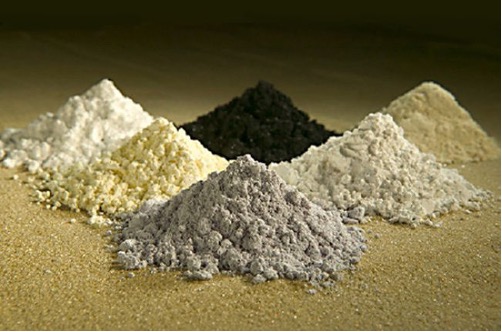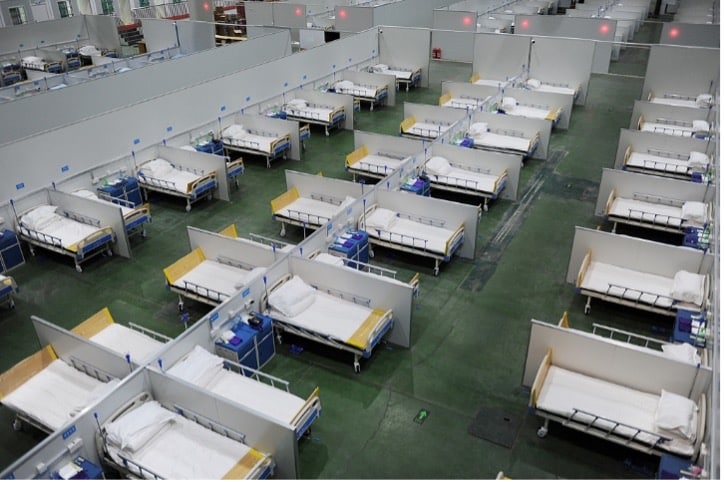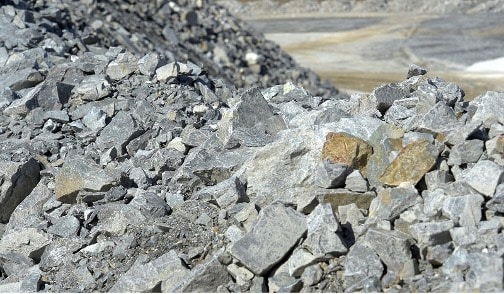The 2023 global recession could crash demand in the short term. But the long-term supply gap is the critical factor to consider for position investors.

Two conflicting forces are conspiring to create an even more volatile environment for hard commodities in 2023. One is short-term, the other long-term, and analysts are conflicted over how these market forces will interact over the next year.
Most importantly, it’s the critical minerals that will be subject to the most pressure. These are metallic or non-metallic elements that are both essential for the proper functioning of modern technology and have a high risk of their supply chains being disrupted. Common examples include copper, lithium, nickel, cobalt, and rare earth elements.
Indeed, the UK launched its first Critical Minerals Strategy in July, Canada released an updated version this month, and almost every advanced economy is in discussions to update their own policies reflecting geographical or political weaknesses.
Critical Minerals 2023: global recession
A global recession is coming for 2023. The three globally interconnected markets that matter — the US, the EU, and China — are all struggling with various interlinked economic factors which together mean the outcome is all but inevitable.
In the US, inflation is now slowing but the Federal Reserve has not yet finished with its quantitative tightening programme. The Federal Funds rate stands at the range of between 4.35% to 4.50%, and further rises, though at a slower pace, are already baked into market expectations.
The S&P 500 is already down 19% year-to-date in 2022 and could have further to fall as consumer spending collapses and the larger US tech stocks continue to contract and conduct lay-offs. Indeed, Bloomberg Intelligence data reports that there is now a 70% chance of a US recession in 2023.
In the EU, the key dampener of economic activity is the skyrocketing price of oil and gas, and the knock-on economic effect of unaffordable energy on state, business, and consumer spending. Of course, the cause of the energy shortage is the Russia-Ukraine War, and its accompanying sanctions.
The economic zone’s largest economy, Germany, is suffering disproportionately as unlike neighbour France which has spent decades building up a fleet of nuclear power stations, the country has decommissioned almost all of its own after the twin horrors of Chernobyl and Fukushima. This has left its predominantly industrial-based economy largely reliant on Russian energy; a difficult political void to navigate.
In China, the picture is more complex because data released by the CCP is not independently audited. But business confidence in the country has hit an all-time low according to the World Economics Sales Managers Survey.

China’s government in now in a catch-22 regarding its ‘zero-covid’ policy. On one hand, a mortgage crisis sparked by Evergrande, mass protests in major cities, and tumbling external investment is making continuing mass lockdowns impossible. Indeed, the country has made large steps towards a full reopening in recent weeks, including replacing PCR tests with rapid tests, scrapping mandatory central quarantining, and opening up interprovincial travel.
However, as Chinese vaccines are far less effective than their western counterparts, the country’s healthcare systems are already coming under sustained pressure.
And these global forces are powerful: just consider Japan’s monetary pivot this week.
Critical Minerals: the supply gap
An iron-clad rule of globalist economics is that when the world is in recession, demand falls and so do commodity prices. Brent crude is trading for circa $84/barrel, and at times in recent weeks has come within toughing distance of its $70 2021 average. Of course, a Federal Reserve pivot, Russia-Ukraine peace deal, or Chinese centralised financial support could see the global recession cut short. But in the short term, prices seem set to fall for most commodities.
However, the long-term investment case for commodity producers, and especially critical minerals, is essentially bullet-proof. Put simply, there is not enough supply of critical minerals being mined or developed now, to cover expected demand into the 2030s and beyond.
In addition, major mines take circa a decade to come online, and western investors are not prepared to see corporate investment in new production reduce share prices in the short term for rewards over the longer term- they simply sell shares, forcing development halts.

Now consider that despite the recession, major states are taking defensive actions to secure critical minerals supply. Canada recently ordered Chinese companies to sell stakes in native lithium miners, China has set up the China Iron and Steel Association to centralise iron ore purchases as a buyer’s cartel, and quietly in the background, the west and China are fighting for control over Africa’s critical minerals deposits.
The problem is that supply chains are thin. Cobalt exports in 2020 globally came to less than $5 billion; nickel to less than $30 billion. The LME was forced to halt nickel trading earlier this year after prices spiked in a scenario that would not be possible for oil or gas.
Moreover, many minerals are dominated by a few geographical locations. DROC, for example, is responsible for almost two-thirds of global cobalt production. Guinea accounts for half of global bauxite (aluminium ore) exports. When political control is established over these major exporters by world powers, prices could spike fast.
While timing mining share purchases will be complex, the longer-term trend towards higher prices appears inevitable, as states and corporations battle for limited supply amid ever-escalating demand.
This article has been prepared for information purposes only by Charles Archer. It does not constitute advice, and no party accepts any liability for either accuracy or for investing decisions made using the information provided.
Further, it is not intended for distribution to, or use by, any person in any country or jurisdiction where such distribution or use would be contrary to local law or regulation.